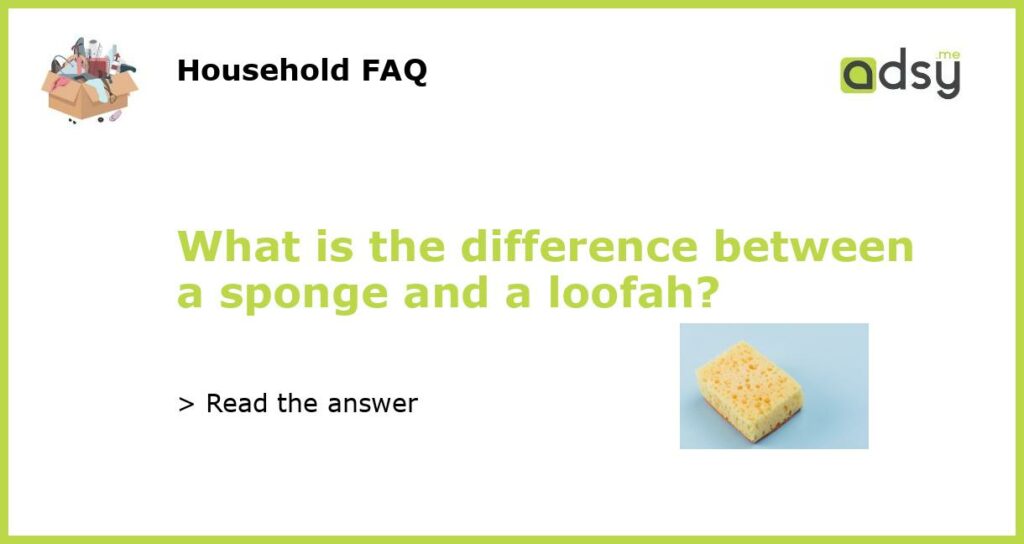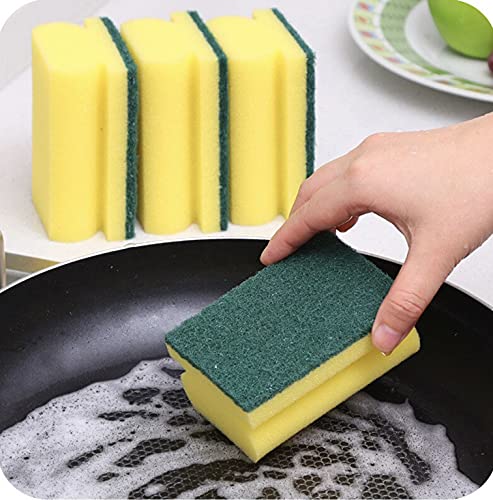The Difference Between a Sponge and a Loofah
When it comes to bathing and exfoliating the skin, many people use either a sponge or a loofah. While they both serve the same purpose of cleansing and scrubbing the skin, there are some key differences between the two. In this article, we will explore these differences and help you understand which option might be best for you.
What is a Sponge?
A sponge is a soft, porous material that is commonly used for bathing. It can be made from natural or synthetic materials, such as cellulose or foam rubber. Sponges are highly absorbent and can hold a significant amount of water. They are gentle on the skin and can create a luxurious lather when paired with soap or body wash.
One of the advantages of using a sponge is its versatility. It can be easily moulded to fit different areas of the body, making it effective for cleaning hard-to-reach places. Additionally, sponges are less abrasive than loofahs, so they are suitable for individuals with sensitive skin or skin conditions like eczema.
However, it is important to note that sponges can harbour bacteria and mold if not properly cared for. It is recommended to rinse and wring out sponges after use and replace them regularly to maintain hygiene.
What is a Loofah?
A loofah, also known as a luffa or natural scrub, is made from the fibrous interior of a tropical fruit called the luffa gourd. When the fruit is mature, it is harvested, peeled, and dried to create the natural loofah sponge. These sponges have a rough texture that allows for exfoliation and the removal of dead skin cells.
Loofahs are praised for their exfoliating properties. They help to stimulate blood circulation, promote cell turnover, and improve the appearance of the skin. When used with a body wash or scrub, a loofah can leave your skin feeling smooth and rejuvenated.
Unlike sponges, loofahs are not as absorbent. They do not hold as much water, which can make it challenging to create a rich lather. However, loofahs are excellent for exfoliation, especially for those with rough or dry skin.
Which Option is Best for You?
Choosing between a sponge and a loofah ultimately depends on your personal preference and skincare needs. If you have sensitive skin or prefer a gentler cleansing experience, a sponge is a good option. Sponges are soft and pliable, making them suitable for daily use.
On the other hand, if you enjoy the exfoliating benefits and desire a deeper cleanse, a loofah may be more suitable. Keep in mind that loofahs should not be used on irritated or broken skin, as they can aggravate the area.
Regardless of which option you choose, it is essential to practice good hygiene to avoid bacterial growth. Regularly clean and replace your sponge or loofah to prevent the accumulation of bacteria and mold.
Sponges and loofahs are both effective tools for cleansing and exfoliating the skin. Sponges are gentle, versatile, and suitable for individuals with sensitive skin. On the other hand, loofahs have rougher textures and offer excellent exfoliation benefits.
Ultimately, it is important to consider your skin type, personal preferences, and skincare goals when deciding between a sponge and a loofah. By choosing the right tool for your needs, you can enhance your bathing experience and keep your skin looking healthy and radiant.






